Prospecting
Thom Collins
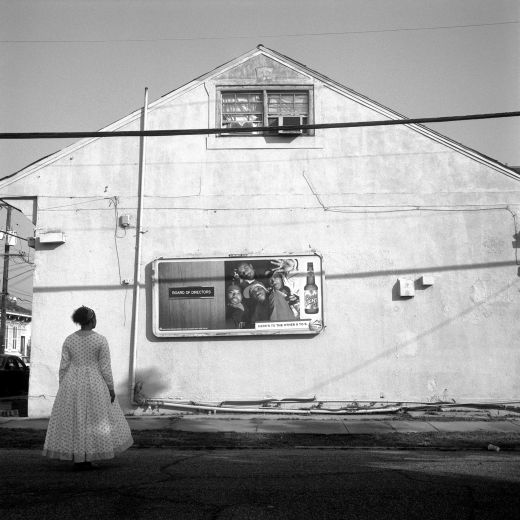
Carrie Mae Weems , Still from Lincoln, Lonnie, and Me – A Story in 5 Parts, 2012. Mixed Media Video Theatre Installation (“Pepper’s ghost” illusion technique), Duration: 18’ min. Courtesy the artist and Jack Shainman Gallery, New York
This edition was organized by Franklin Sirmans, head of contemporary art at the Los Angeles County Museum of Art. In my opinion one of the most talented curators of his generation, he has built a resume heavy on exhibition and publication projects designed to redress the omissions of the Eurocentric Modernist art-historical canon, telling the stories and presenting the artistic achievements of significant yet lesser-known women artists and artists of color from around the world. For this reason, Sirmans is uniquely prepared to probe the provocative but essential mission of P.3: in his words to “explore the search to find the self and the necessity of the other as a part of that quest.”
In Notes for Now, he presents the work of 58 artists from around the world—some historical, some recent, and some newly commissioned—in 18 resonant sites throughout New Orleans. The resulting show is inevitably challenging to navigate, uneven in the quality of its contents, and open-ended in its argumentation. But as a compelling introduction to the art of many emerging and underappreciated artists of our time, and perhaps especially as an implicit rejoinder to the embarrassment of predictable and market-aligned international group shows of the last decade, this “biennial” is indispensable and a quiet revelation.
Such established and well-known artists as Terry Adkins, Jean-Michel Basquiat, Zarina Bhimji, Andrea Fraser, Charles Gaines, Yun-Fei Ji, Hew Locke, Kerry James Marshall, Analia Saban, Gary Simmons, and Carrie Mae Weems are represented in the exhibition with very strong contributions. What follows are some brief thoughts on artists whose work I previously knew little or not at all, offered both as a recommendation to Prospect.3 visitors and a prompt to those interested followers who won’t have occasion to visit the exhibition before it closes on January 25, 2015.
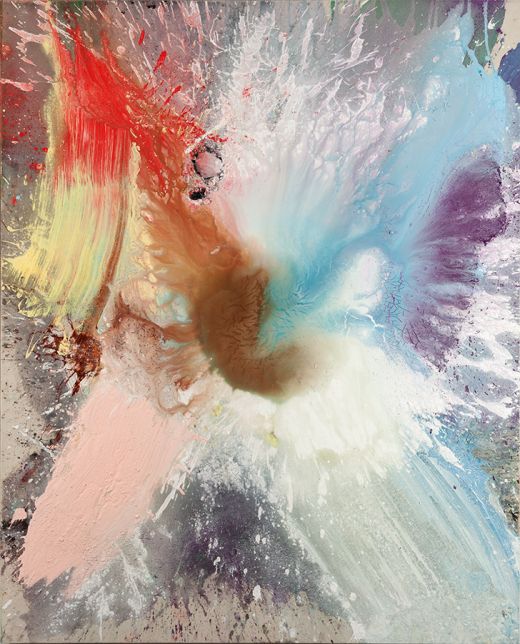
Ed Clark, New Orleans Series #4, 2012. Acrylic on canvas.

Monir Farmanfarmaian, Convertible Series, Group 10, 2011. Mirror and reverse glass painting on plaster and wood.

Tameka Norris, Meka Jean: How She Got Good, 2014. Video installation.
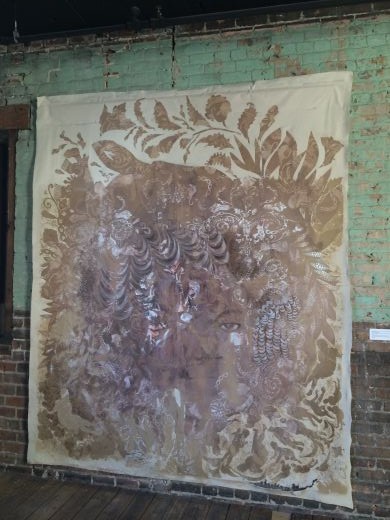
Firelei Báez, Ode to La Siréne. 2014. Gouache, acrylic polymer and ink on canvas.
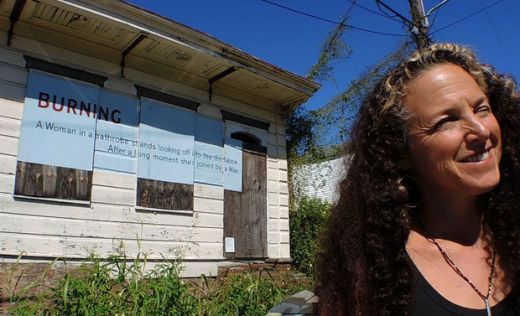
Lisa Sigal, Burning, 2014. Archival digital prints with mixed media on Tyvek.
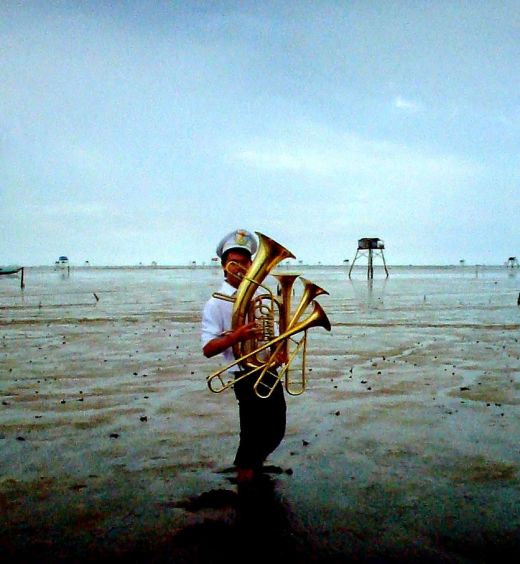
The Propeller Group and Christopher Myers, The Living Need Light and the Dead Need Music, 2013. Video installation.
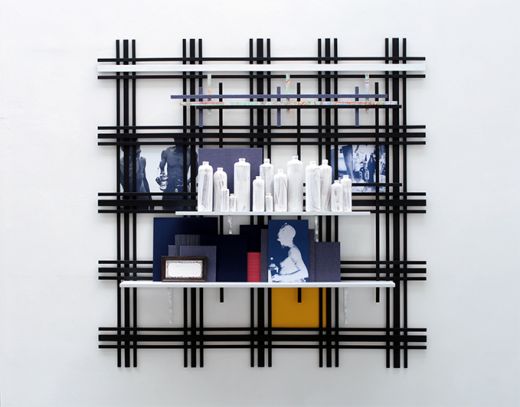
Remy Jungerman, Transition Obeah, 2013. Painted wood, cotton, gin bottles, kaolin, coins, photographs, and map.
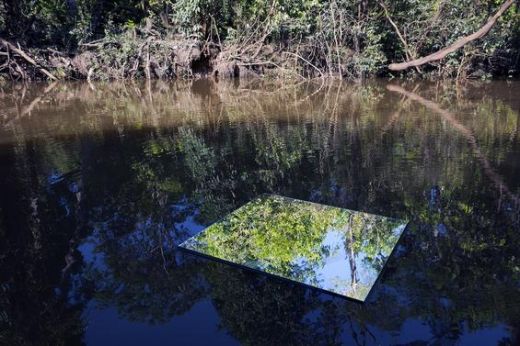
Los Jaichackers, Subterranean Homesick Cumbia, 2013. Video Installation.
Thom Collins is Director of the Pérez Art Museum Miami.










